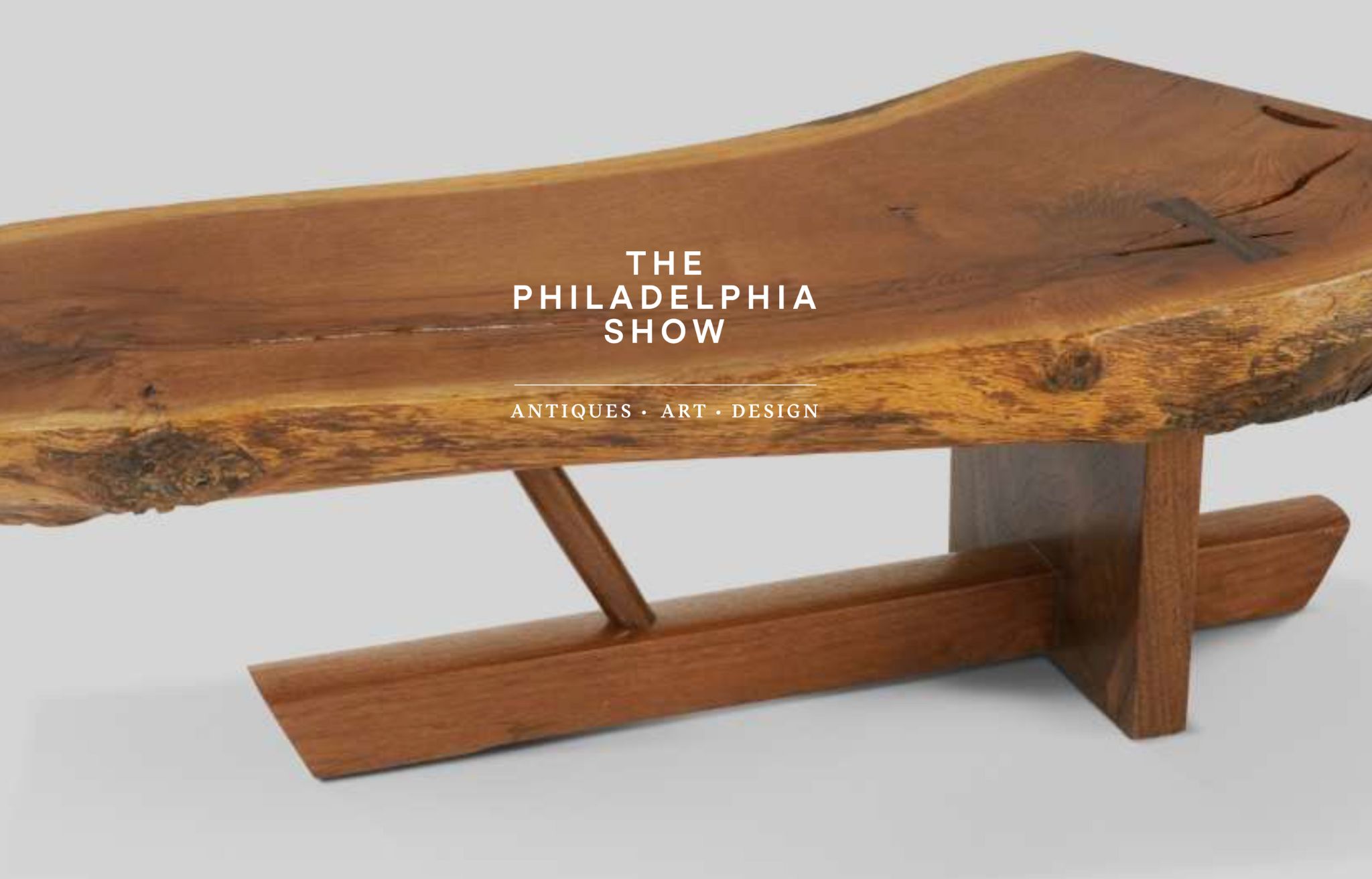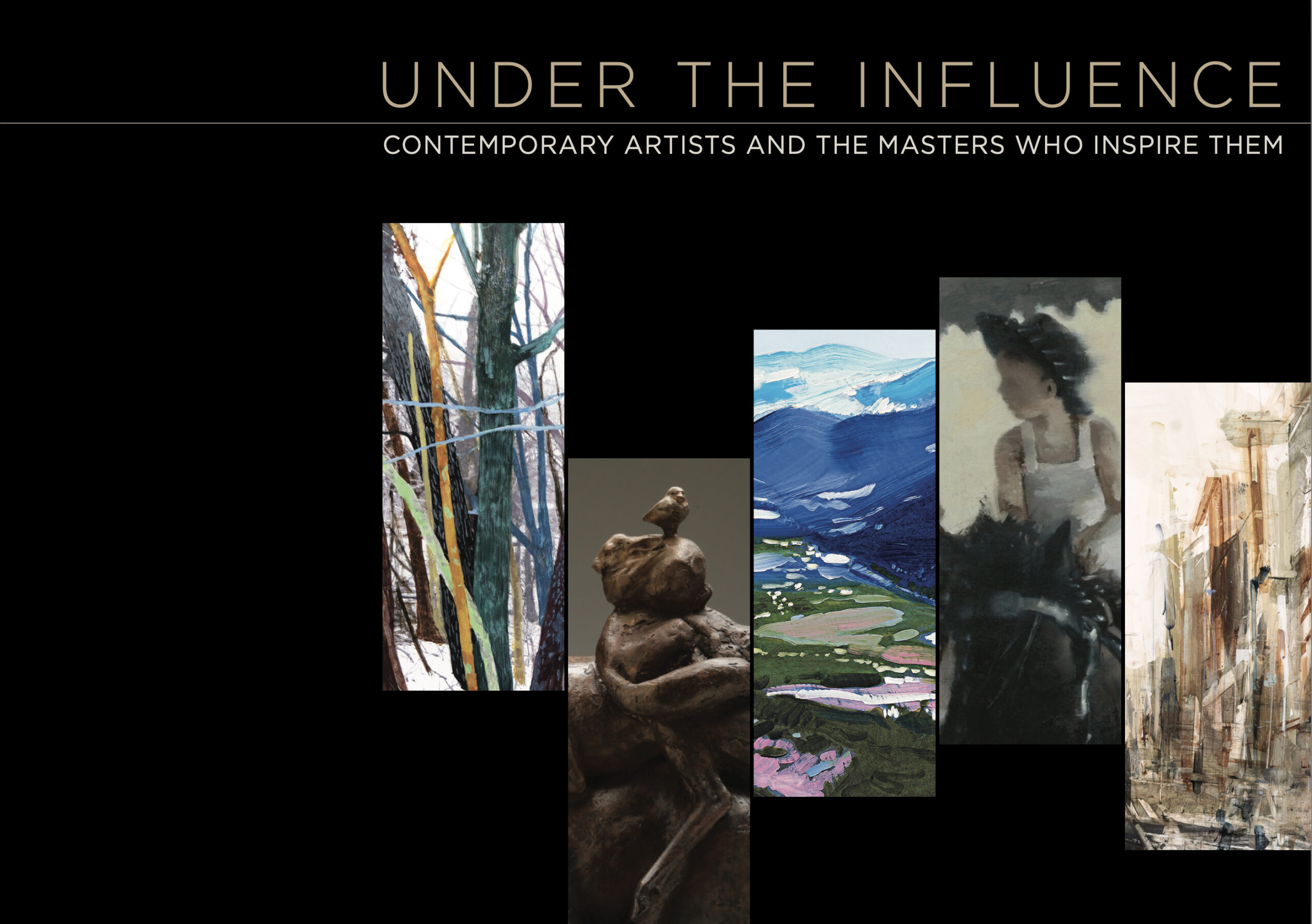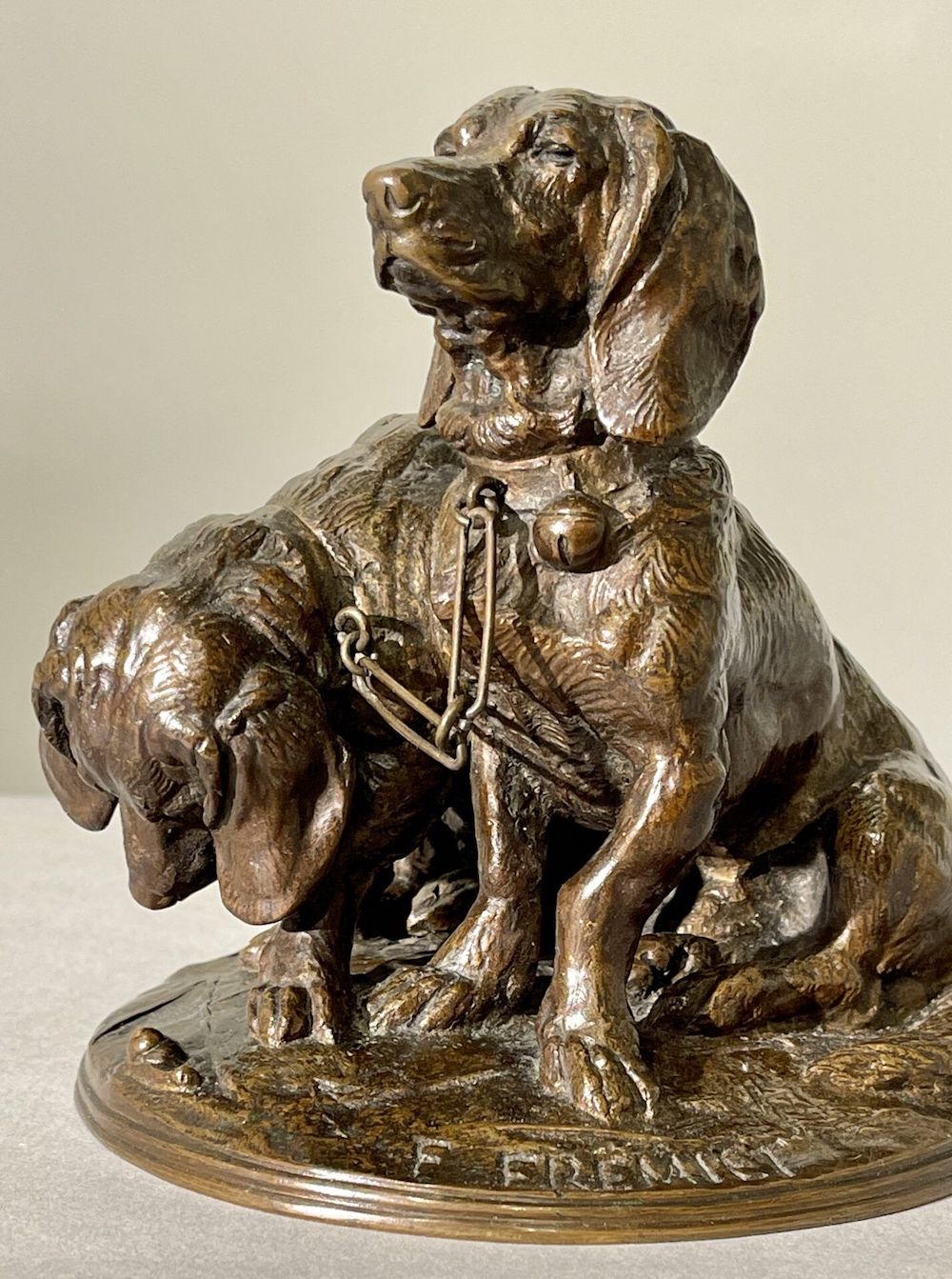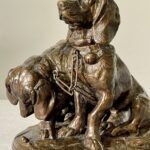Featured Work
Exhibitions

April 26, 2024 - April 28, 2024
The Philadelphia Show 2024 – On View at the Philadelphia Museum of Art
View the Exhibition →
May 23, 2023 - June 21, 2023
Under the Influence | Contemporary Artists and the Masters Who Inspire Them
View the Exhibition →About
Emmanuel Frémiet (1824 – 1910) was born in Paris, the nephew and pupil of Sophie Frémiet, and her husband François Rude. He chiefly devoted himself to animal sculpture. He first exhibited in the Paris Salon at the age of nineteen with a sculpture of an Algerian gazelle. His Wounded Bear and Wounded Dog were produced in 1850, and the Luxembourg Museum at once secured these striking examples of his work. In the 1850s, Frémiet produced various Napoleonic works. In 1853, Frémiet, “the leading sculptor of animals in his day”, exhibited bronze sculptures of Emperor Napoleon III’s basset hounds at the Paris Salon. Soon afterwards, from 1855 to 1859, Frémiet was engaged on a series of military statuettes for Napoleon III, none of which have survived. He produced his equestrian statue of Napoleon I in 1868, and of Louis d’Orleans of 1869 (at the Château de Pierrefonds) and in 1874 the first equestrian statue of Joan of Arc, erected in the Place des Pyramides, Paris. During this period he also executed Pan and the bear cubs, acquired by the Luxembourg Museum and now in the Musée d’Orsay. He became a member of the Academy Francais in 1892 and an honorary member of the Royal Academy in 1904.
Exhibitions with Somerville Manning Gallery
2023 Under the Influence | Contemporary Artists and the Masters Who Inspire Them, Somerville Manning Gallery, Greenville, DE


